

Lincoln
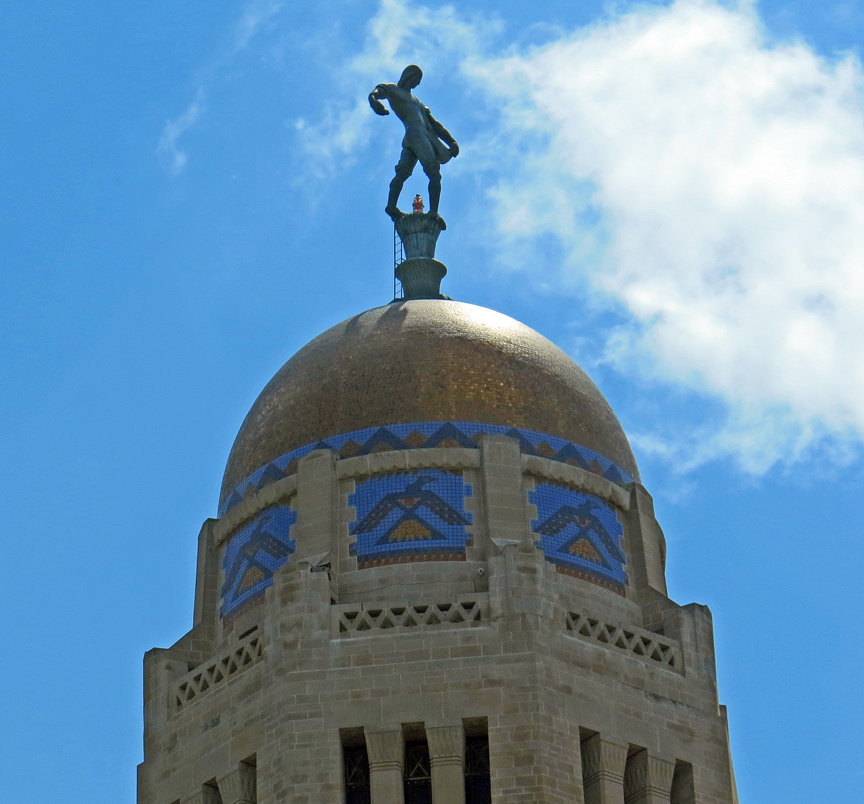
the State Capitol
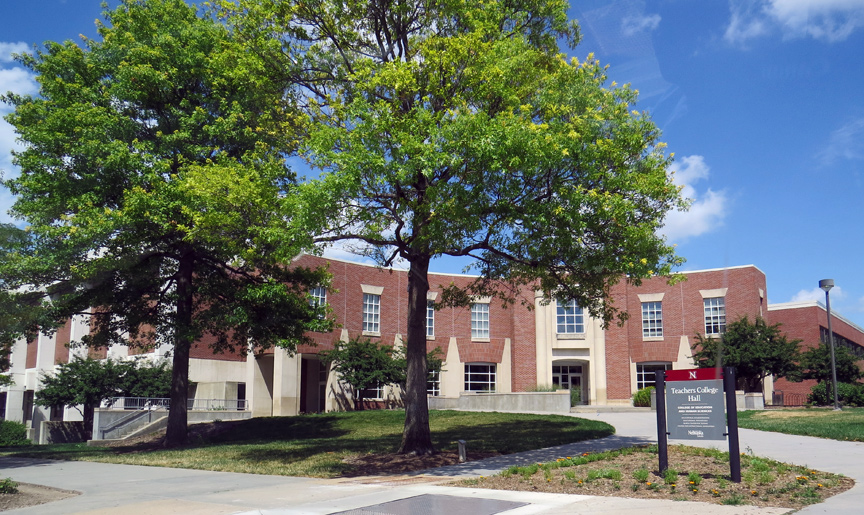
The capital of the Nebraska Territory had been Omaha since the creation of the territory in 1854; however, most of the territory's population lived south of the Platte River. After much of the territory south of the Platte River considered annexation to Kansas, the territorial legislature voted to locate the capital city south of the river and as far west as possible.
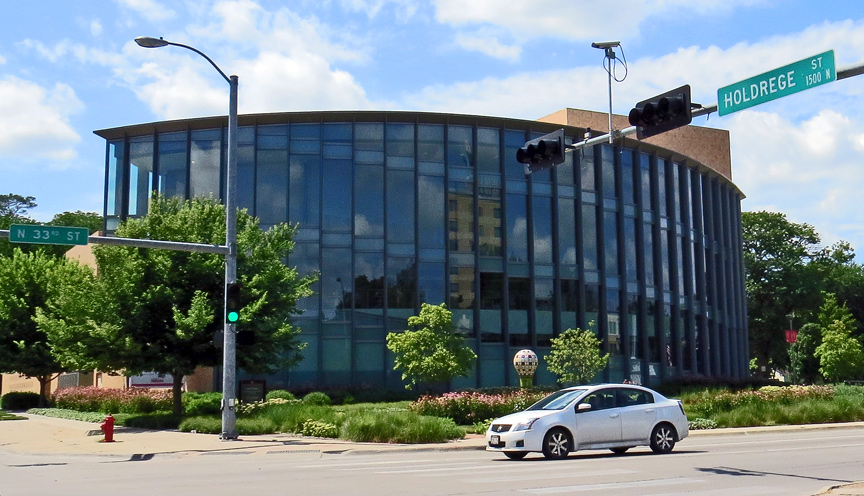
International Quilt Study Center & Museum
Photos from the International Quilt Study Center & Museum
Prior to the vote to remove the capital city from Omaha, a last ditch effort by
Omaha Senator J. N. H. Patrick attempted to derail the move by having the future
capital city named after recently assassinated President Abraham Lincoln. Many
of the people south of the Platte River had been sympathetic to the Confederate
cause in the recently concluded Civil War. It was assumed that senators south of
the river would not vote to pass the measure if the future capital was named
after the former president. In the end, the motion to name the future capital
city Lincoln was ineffective and the vote to change the capital's location south
of the Platte River was successful with the passage of the Removal Act.
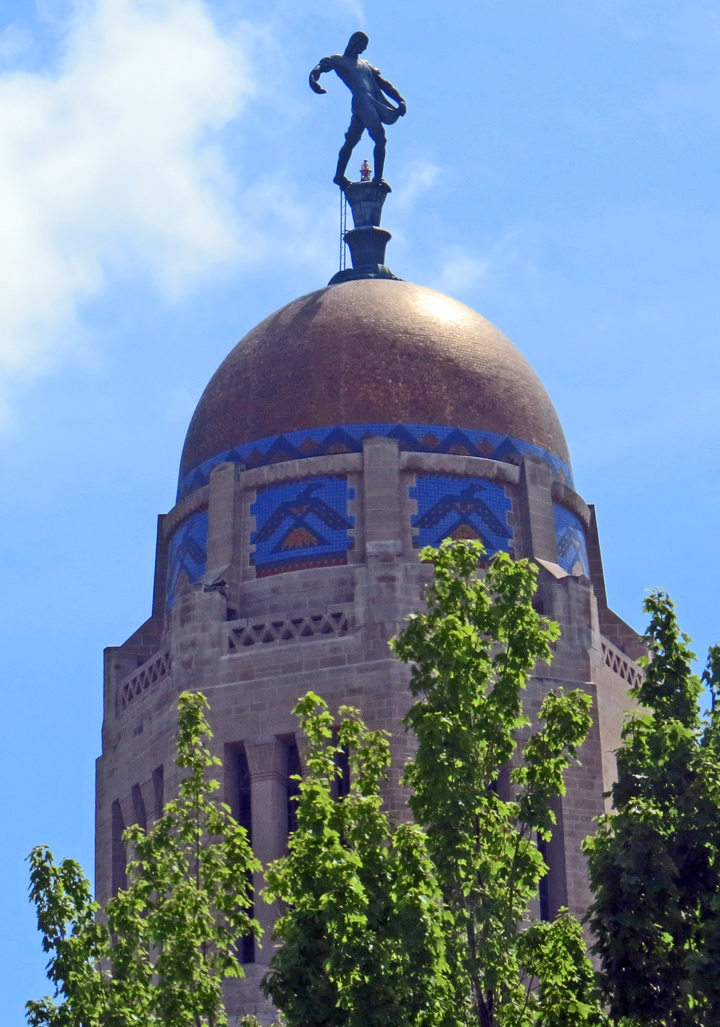
Goodhue-designed Nebraska State Capitol
Nebraska was granted statehood on March 1, 1867. The Removal Act called for the formation of a Capital Commission to locate a site for the capital on state owned land. The Commission, composed of Governor David Butler, Secretary of State Thomas Kennard and Auditor John Gillespie, began to tour sites on July 18, 1867 for the new capital city. The village of Lancaster was chosen, in part due to the salt flats and marshes. Lancaster had approximately 30 residents. Disregarding the original plat of the village of Lancaster, Thomas Kennard platted Lincoln on a broader scale. The plat of the village of Lancaster was not dissolved nor abandoned; Lancaster became Lincoln when the Lincoln plat files were finished September 6, 1867. To raise money for the construction of a capital city, a successful auction of lots was held. Newcomers began to arrive and Lincoln's population grew. The Nebraska State Capitol was completed on December 1, 1868; a two story building constructed with native limestone with a central cupola. The Kennard house, built in 1869, is the oldest remaining building in the original plat of Lincoln.
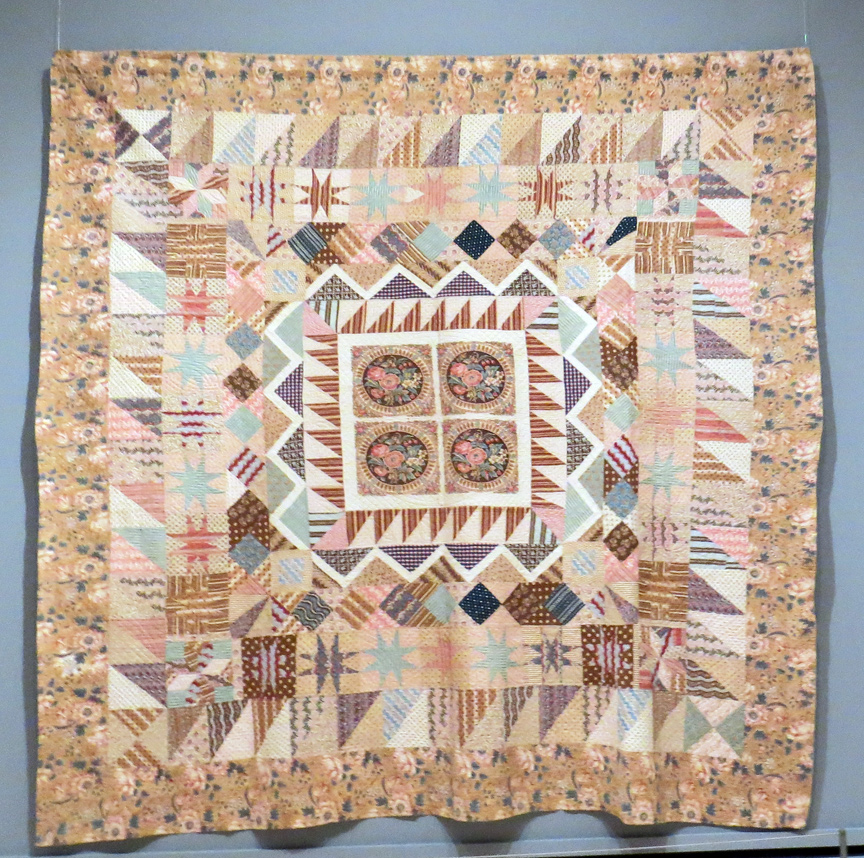
American Quilt at the International Quilt Study Center & Museum
Other American Quilts on Display
In 1888 a new capitol building was constructed on the site of the first capitol.
The new building replaced the former structurally unsound capitol. The second
capitol building was a classical design, designed by architect William H.
Willcox. Construction began on a third capitol building in 1922. Bertram G.
Goodhue was selected in a national competition as its architect. By 1924, the
first phase of construction was completed and state offices moved into the new
building. In 1925, the Willcox designed capitol building was razed. The Goodhue
designed capitol was constructed in four phases, with the completion of the
fourth phase in 1932. The completion of the original Goodhue design will be
finally realized with the completion of the capitol fountains within the four
interior courtyards of the capitol building in 2017.
Text from Wikipedia